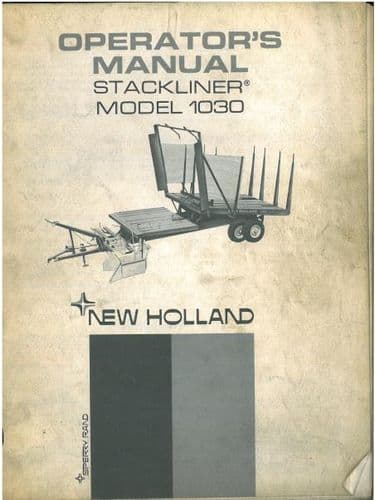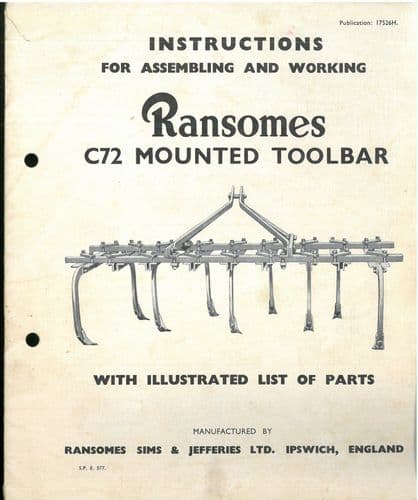
From lawns to the sportsfields to the farmers fields, grass has been cut for centuries. Few scythes around now, machines take the stain these days.
Mowing grass is a task that spans many landscapes—from the neatly trimmed lawns of our homes to the precision-cut turf of sports fields, and the expansive farm fields where grass is harvested for silage and hay. Though each environment has its own goals and equipment, the fundamentals remain consistent: sharp cutting blades, properly maintained machinery, and careful timing.
This article walks through the full spectrum of grass cutting—from lawn care to professional turf management to agricultural mowing—highlighting the role of machinery, maintenance, and best practices.
Lawn Care: The Starting Point
At the most basic level, mowing a lawn is about appearance and health. A well-mown lawn improves curb appeal, reduces pests, and supports dense, healthy grass growth.
Key Considerations:
Blade Sharpness: A sharp blade slices grass cleanly. A dull one tears the plant, causing stress, browning, and vulnerability to disease.
Height and Frequency: Cutting too short weakens the grass. A general rule is the “one-third” rule—never remove more than a third of the blade length in one mowing.
Pattern and Consistency: Changing mowing patterns reduces soil compaction and keeps grass growing upright.
Equipment Maintenance:
Homeowners often overlook mower upkeep, but even a small push mower contains critical components:
Lubricate wheel bearings and grease points regularly.
Keep blades sharpened and balanced.
Clean the deck after use to prevent grass buildup, which affects airflow and performance.
Sports Fields: Precision Mowing at Scale
Sports fields, whether for football, golf, or cricket, require an advanced level of mowing that combines aesthetics, player safety, and turf resilience.
What Sets Sports Turf Apart:
Mowing Frequency: Some fields are mowed daily during the growing season.
Striping and Patterns: Achieved through roller attachments, these patterns enhance visual appeal and help players with spatial awareness.
Height Accuracy: Golf greens might be cut to 3 mm, while football pitches typically stay around 25–30 mm.
Specialized Equipment:
Sports turf managers use reel mowers, which offer precision cuts with scissor-like action. These machines demand regular:
Backlapping and sharpening of reels and bedknives.
Lubrication of multiple joints and rollers.
Hydraulic and gearbox checks, especially on larger units with multiple cutting heads.
Farming: Cutting Grass for Silage and Hay
In agriculture, mowing isn’t about appearance—it’s about nutrition, timing, and yield. Grass is a vital forage crop for livestock, harvested either as hay (dried) or silage (fermented).
Timing Is Everything:
Hay requires dry conditions. Grass must be mown, tedded (fluffed), and baled at just the right moment to retain nutrients.
Silage can be harvested earlier and with higher moisture, then chopped and stored in sealed conditions to ferment.
Machinery Used:
Farm-scale mowing involves high-capacity equipment:
Disc or Drum Mowers: Fast and durable, using rotating discs with replaceable blades.
Mower-Conditioners (MoCos): Combine cutting and conditioning, crimping stems to speed up drying.
Forage Wagons: Used primarily for silage, some of them can cut, chop, and collect in one pass.
These machines are mechanical powerhouses, with dozens of moving parts—and every component needs attention.
Maintenance: The Lifeline of Any Mowing Operation
Regardless of whether you’re mowing a backyard, a sports pitch, or 100 acres of forage, the principle is the same: well-maintained equipment delivers better results and lasts longer.
Key Maintenance Points:
Sharp Blades: Always keep blades sharp and correctly torqued. Dull blades damage grass and overwork engines.
Lubrication Joints: Many mowers have grease points on wheels, arms, and linkage joints. Check the manual and stick to a regular greasing schedule.
Gearbox Maintenance: Agricultural mowers and conditioners often rely on gearboxes to drive the blades. Check oil levels and inspect for leaks or overheating.
Belts, Chains, and Bearings: Monitor tension, alignment, and wear. A failed belt in the field can cause costly downtime.
Clean After Use: Remove grass debris from decks, guards, and cooling systems. Clean equipment is safer and easier to inspect.
Safety Considerations
Mowing machinery, from ride-on lawnmowers to 300-horsepower forage harvesters, can be dangerous. Always:
Follow lockout/tagout procedures during maintenance.
Keep guards and shields in place.
Use proper personal protective equipment (PPE).
Be aware of bystanders and terrain hazards.
Conclusion: One Purpose, Many Paths
Whether you're cutting a home lawn, grooming a championship field, or harvesting feed for winter, mowing is more than just running a machine over grass. It involves understanding the unique needs of your environment, using the right tools, and caring for your equipment with discipline.
At every scale, success in mowing comes down to three things: sharp blades, well-maintained machines, and timely action.



